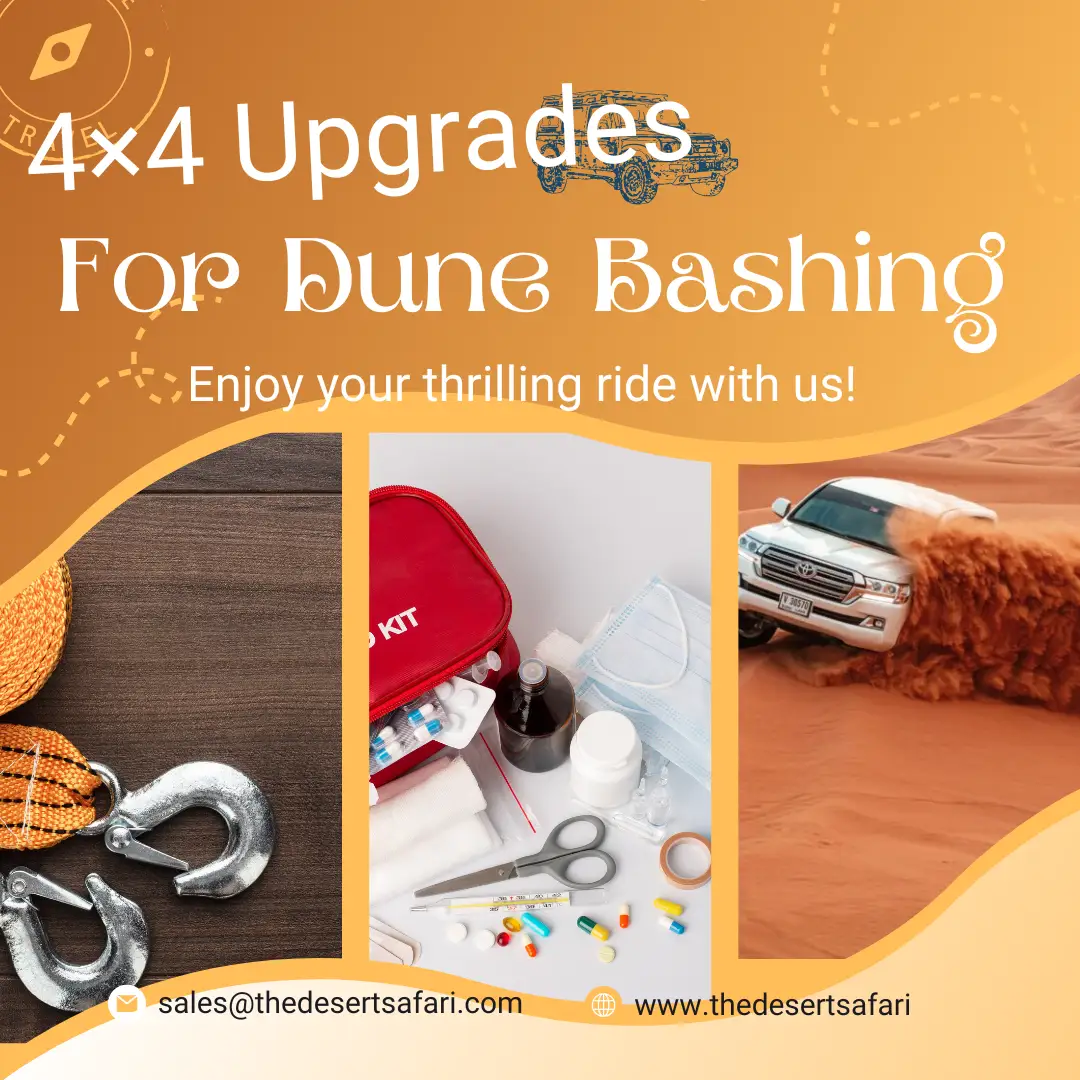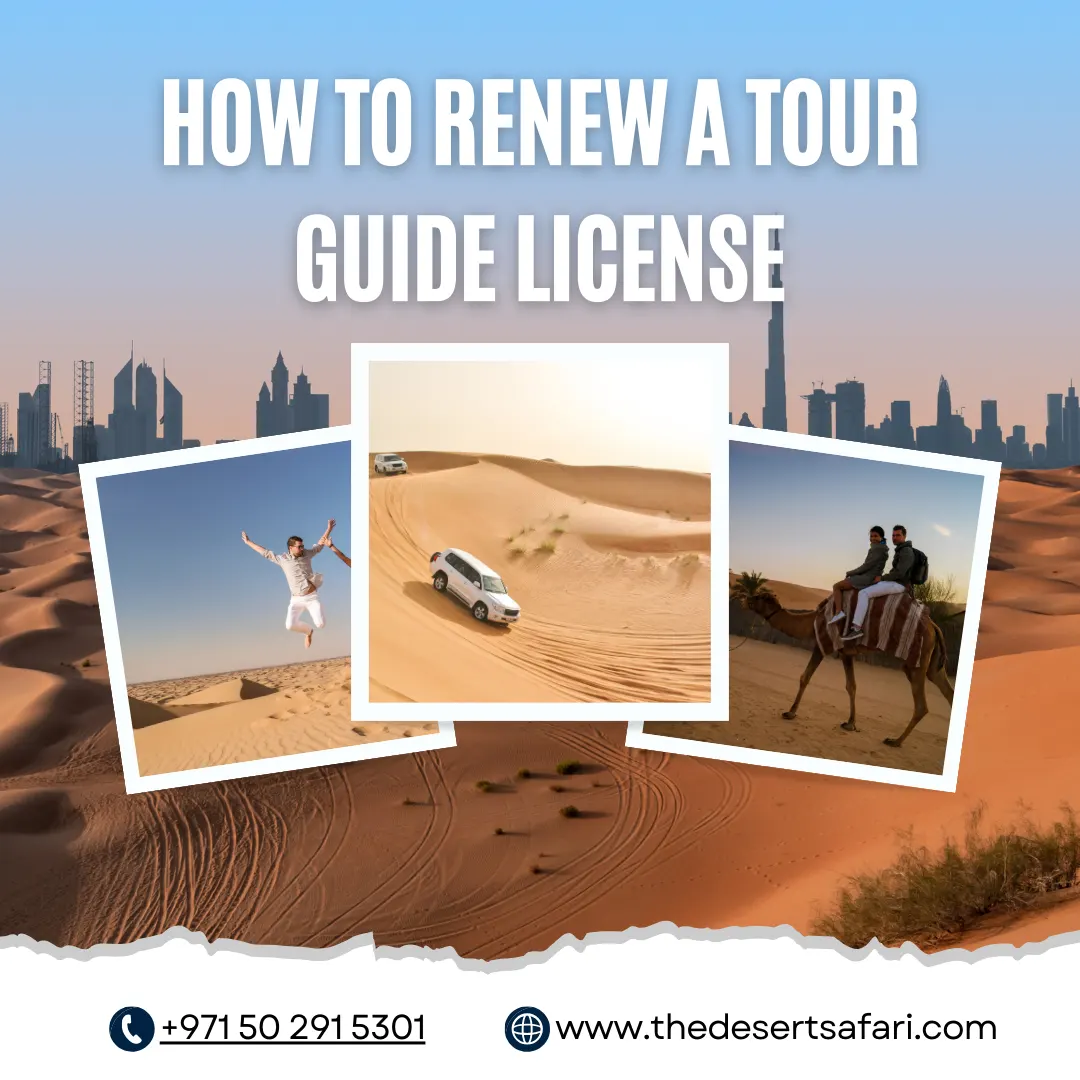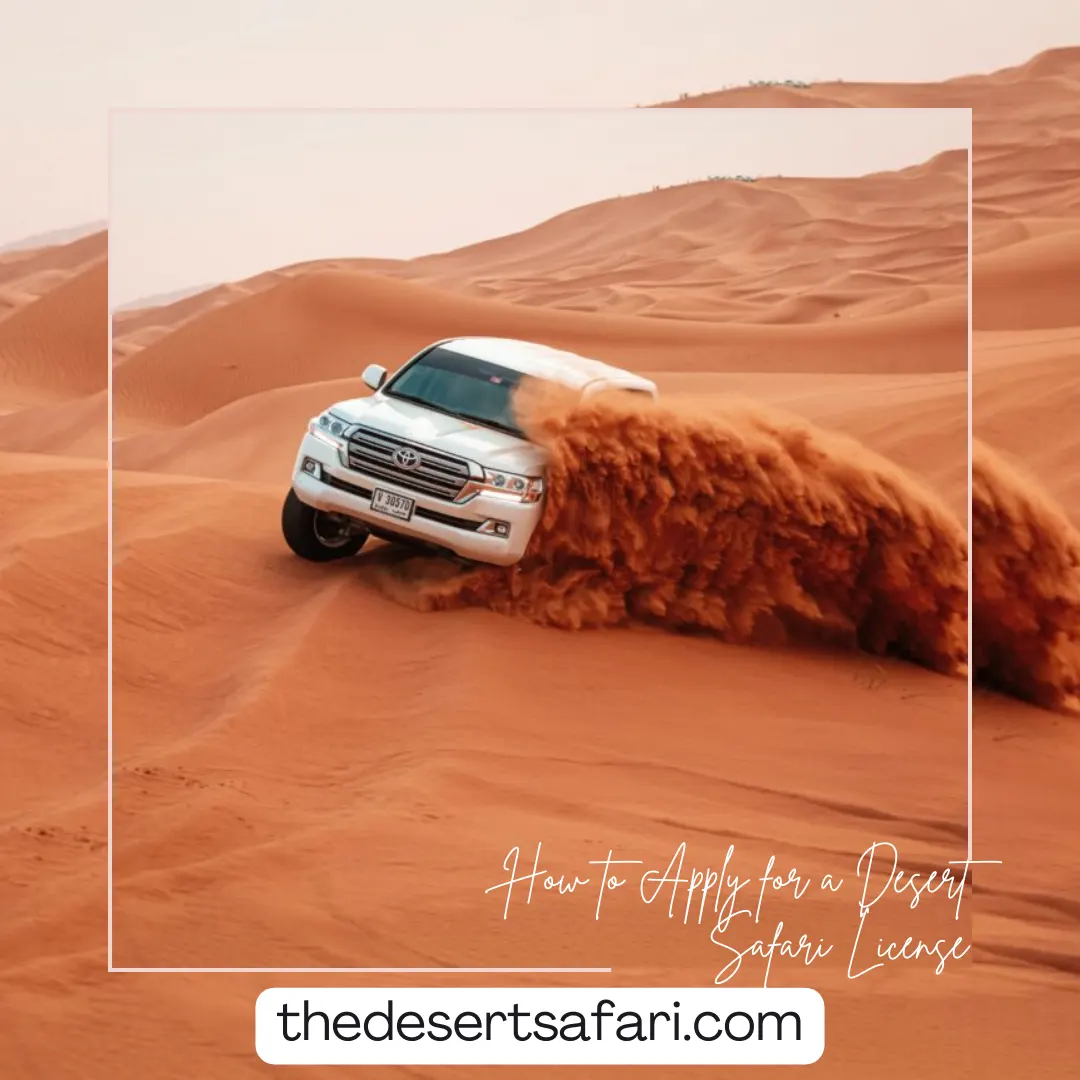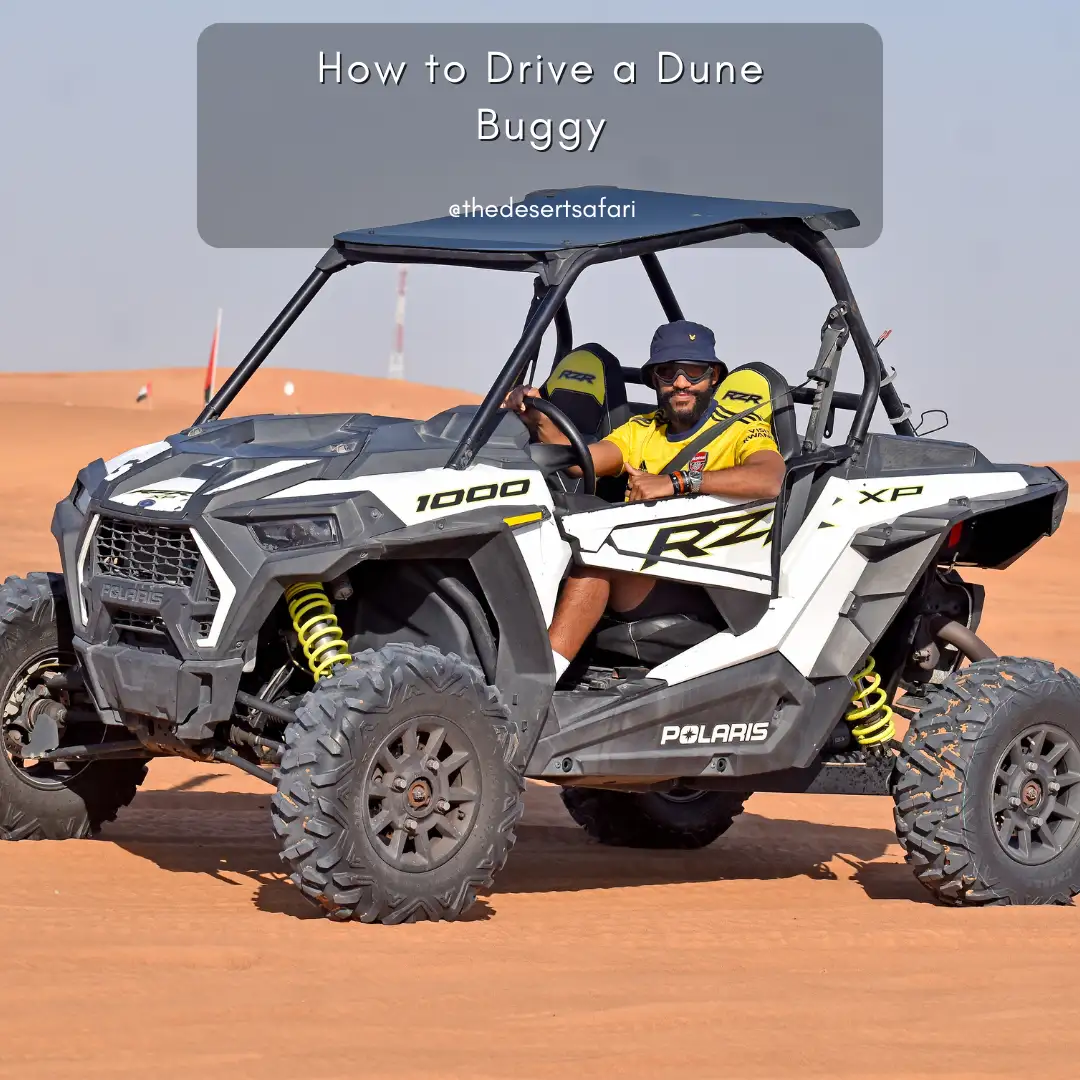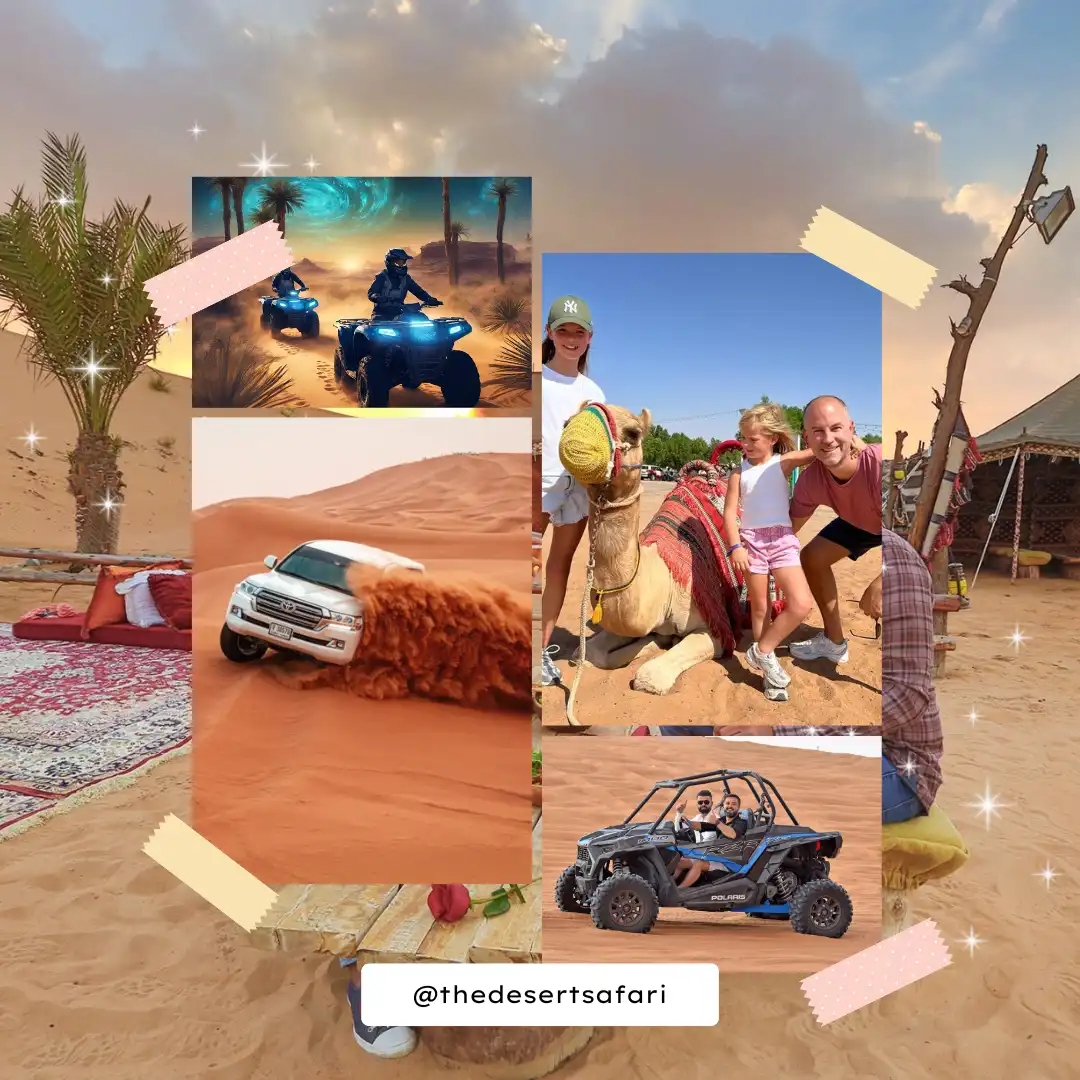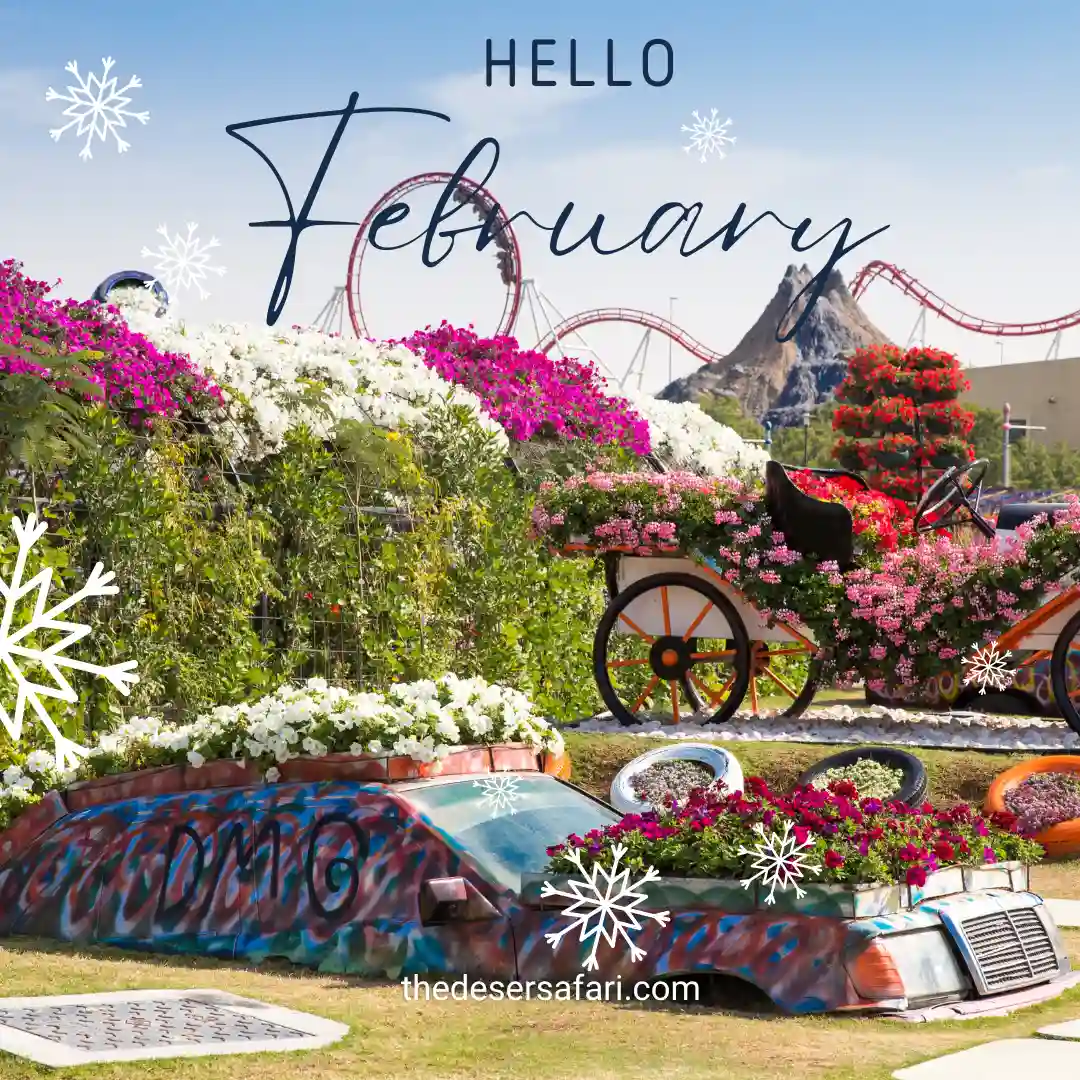Tips for Driving in the Desert
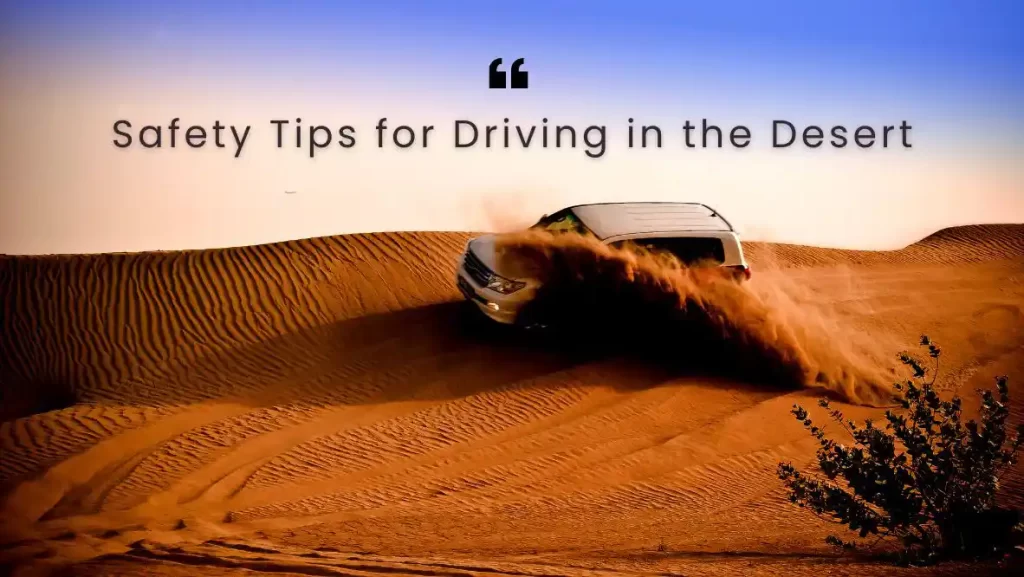
Driving in the desert can be a thrilling adventure, but it comes with its own set of challenges. The harsh climate, unpredictable weather conditions, and unique terrain require drivers to be well-prepared and knowledgeable about safe driving practices. In this article, we’ll delve into essential preparations, driving techniques, and safety tips to ensure a safe and enjoyable desert driving experience.
Essential Preparations
Vehicle Checkup
Before heading out into the desert, it’s crucial to ensure your vehicle is in top condition. Check the tires for any signs of wear and tear, and make sure they are properly inflated. The battery, brakes, fluids, and air filters should all be checked and replaced if necessary.
Emergency Kit
Always carry a comprehensive emergency kit that includes water, non-perishable food items, a first-aid kit, a flashlight, extra batteries, and any necessary medication. Additionally, pack tools such as a shovel, a tire pressure gauge, and a spare tire.
Navigation and Communication Tools
Ensure you have a reliable GPS system and a fully charged cellphone with an extra power bank. It’s also wise to carry a physical map as a backup. Inform someone about your travel plans and expected return time.
Desert Driving Techniques
Maintaining Visibility
Desert driving can pose visibility challenges due to dust storms and intense sunlight. Keep your windshield clean, use sunglasses, and turn on your headlights to improve visibility.
Emergency Kit
Always carry a comprehensive emergency kit that includes water, non-perishable food items, a first-aid kit, a flashlight, extra batteries, and any necessary medication. Additionally, pack tools such as a shovel, a tire pressure gauge, and a spare tire.
Handling Sand and Dunes
Driving on sand requires reduced tire pressure for better traction. When approaching dunes, drive straight up and down, and avoid sharp turns. Maintain a steady speed and use momentum to your advantage.
Dealing with Extreme Weather
The desert climate can be extreme, with scorching temperatures during the day and freezing conditions at night. Stay hydrated, wear appropriate clothing, and use the vehicle’s climate control system to maintain a comfortable temperature.
Staying Safe
Hydration and Nutrition
Staying hydrated is paramount in the desert. Drink plenty of water and avoid caffeine and alcohol. Pack nutritious snacks to maintain energy levels.
Knowing When to Take Breaks
Take regular breaks to rest and stretch, especially during long drives. This helps to prevent fatigue and maintain alertness.
Wildlife Awareness
Be aware of wildlife, especially at dawn and dusk when animals are more active. Drive cautiously and give them space.
Night Driving in the Desert
Night driving in the desert requires extra caution. Reduce your speed, use high beams when necessary, and watch out for wildlife.
In Case of Emergency
What to Do if You Get Stuck
If your vehicle gets stuck in the sand, avoid spinning your wheels as it can make the situation worse. Use your shovel to clear sand away from the tires, and use your spare tire or traction mats to create a path.
How to Signal for Help
Use your vehicle’s hazard lights, set up flares if you have them, and use a whistle or mirror to signal for help.
Survival Tips Until Help Arrives
Stay with your vehicle, as it’s easier to spot than a person alone. Conserve water, stay shaded, and wait for help to arrive.
Conclusion
Desert driving can be a rewarding experience when done safely. By preparing your vehicle, packing the right supplies, and following safe driving practices, you can navigate the desert’s unique challenges and enjoy its breathtaking landscapes.
You can also check our guide about the best SUVs used for the desert drive.
FAQs
Ensure your vehicle is in excellent condition by checking the tires, battery, brakes, fluids, and air filters. Also, make sure to have a spare tire and the necessary tools for any potential issues.
Your emergency kit should include water, non-perishable food, a first-aid kit, flashlight, extra batteries, necessary medication, and tools like a shovel and tire pressure gauge.
Keep your windshield clean, wear sunglasses to protect your eyes from glare, and turn on your vehicle’s headlights to improve visibility during a dust storm.
Avoid spinning your wheels, as this can worsen the situation. Instead, use a shovel to clear sand away from the tires, and place a spare tire or traction mats under the wheels to create a path.
Reduce your speed, use your vehicle’s high beams when it’s safe to do so, and be extra vigilant for wildlife and other potential hazards on the road.





